PrAACtically SLPs: Working with Children With Complex Medical Conditions

We are pleased to be sharing another post by a graduate student SLP. Stephanie Amundsen attends the SLP 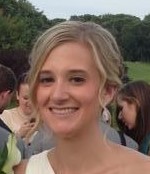 program at the University of Central Florida (UCF) and has worked for the Florida Alliance for Assistive Services and Technology (FAAST) Atlantic Regional Demonstration Center (ARDC) since May 2012. She is currently completing an externship working with children with complex communication needs, and is writing her thesis on AAC access in acute and sub-acute facilities. She has presented posters on service learning using AAC intervention and grammatical intervention using AAC under the direction of Dr. Kent-Walsh at the 2013 ASHA Convention, and has volunteered at the Assistive Technology Industry Association (ATIA) Conference in 2013 and 2014.
program at the University of Central Florida (UCF) and has worked for the Florida Alliance for Assistive Services and Technology (FAAST) Atlantic Regional Demonstration Center (ARDC) since May 2012. She is currently completing an externship working with children with complex communication needs, and is writing her thesis on AAC access in acute and sub-acute facilities. She has presented posters on service learning using AAC intervention and grammatical intervention using AAC under the direction of Dr. Kent-Walsh at the 2013 ASHA Convention, and has volunteered at the Assistive Technology Industry Association (ATIA) Conference in 2013 and 2014.
::::::::::::::::::::::::::::::::::::::::::::::::::::::
As a graduate student placed in my first externship, I encountered multiple clients with AAC needs from day one. Because one of my placement sites is a Prescribed Pediatric Extended Care (PPEC) facility, many of the children I work with are nonverbal and face complex medical as well as communication needs. A PPEC setting is similar to a day care, but nursing staff is present at all times. In addition, PPECs provide services such as speech-language pathology, physical therapy, occupational therapy, and respiratory therapy.
The PPEC where I am placed is located in a low-income area where parent involvement is low. Many of the children are bussed to and from the facility each day. Furthermore, some of the children I work with experience frequent hospitalizations due to their medical issues. All of these factors have been barriers to implementing AAC intervention. As a result, high-tech AAC devices are not viable options in most cases. Therefore, throughout my placement, I have been working to implement low- and mid-tech solutions for some of my clients.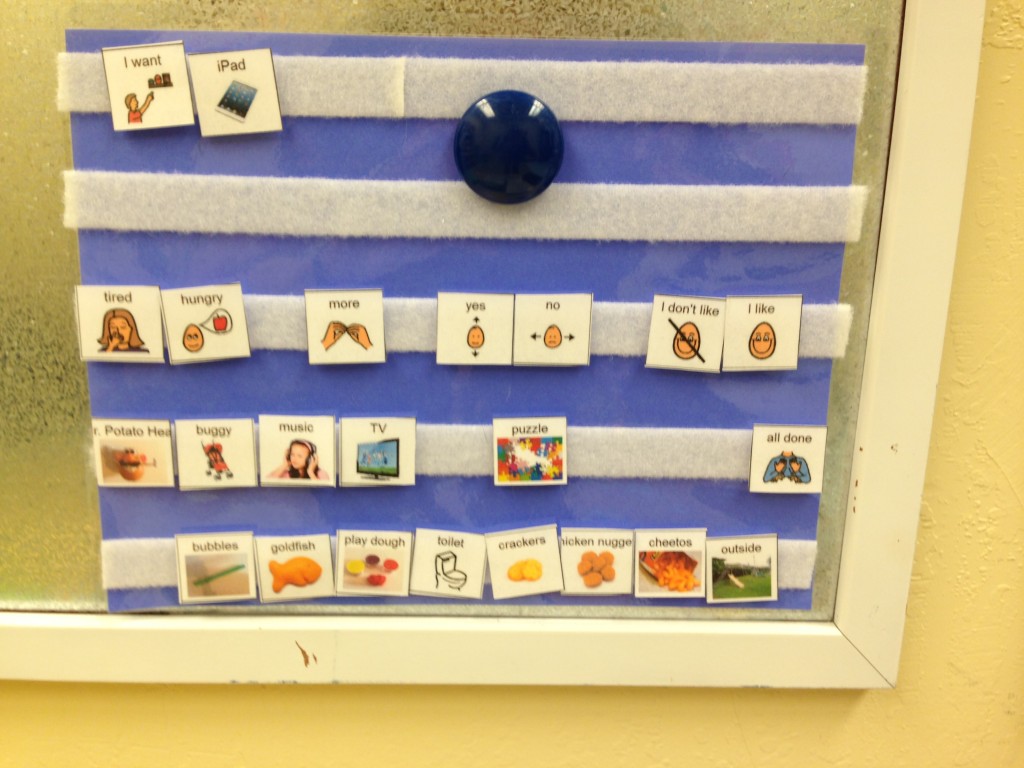
One of my clients is a non-verbal, preschool-aged child with autism and other medical issues, but has shown tremendous potential for using AAC. Upon my first day working with her, I noticed she was able to discriminate Boardmaker symbols in a generic communication book (i.e., a communication book not created for her). Thus, using Boardmaker, I created a communication board for her with symbols specific to her needs and interests (refer to photograph). Since implementing the communication board, she has been requesting using the Picture Exchange Communication System (PECS) phase 3 in which she selects the correct picture from her board, and presents it to the clinician. Her communication board was presented to her nurse, who uses it with her each day. The next phase in her treatment is working on generating sentence structure by requesting desired items using an “I want” symbol.
Another one of my nonverbal clients proved to be challenging because he did not display cause and effect. Luckily, I was able to borrow some mid-tech devices from FAAST. FAAST is a non-profit organization that provides AAC and AT services to the public. There are six FAAST centers in the state of Florida, and each of them serve different counties. FAAST provided me loans for a LittleMACK, a gooshy switch (a switch filled with gel), and a switch-activated toy dog. The sensory aspect of the gooshy switch appealed to my client, and the movement and barking of the switch-adapted electronic toy dog was motivating. Therefore, I was able to use these two items with him to establish cause and effect with the client as he activated the toy dog with the switch. After several successful attempts activating the dog, I introduced the LittleMACK with “more dog” recorded. When the dog and switch were taken away, he requested “more dog” using the LittleMACK. Through using mid-tech AAC with this client, he was able to demonstrate cause and effect, and request a desired item, which are important initial steps toward communicating more effectively.
Although I see many clients with complex communication needs, I chose to highlight these two examples because they demonstrate the potential of using low-tech and mid-tech AAC. Not only do they provide options when high-tech AAC is not available, they can be used to establish behaviors (e.g., cause and effect, building sentence structure) which are essential to eventually using a high-tech device.
Filed under: PrAACtical Thinking
Tagged With: FAAST, Jennifer Kent-Walsh, Stephanie Amundsen, UCF, University of Central Florida SLP
This post was written by Carole Zangari

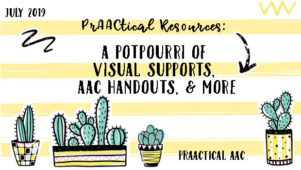

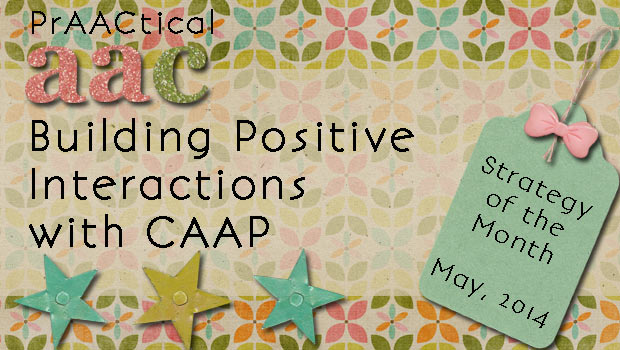
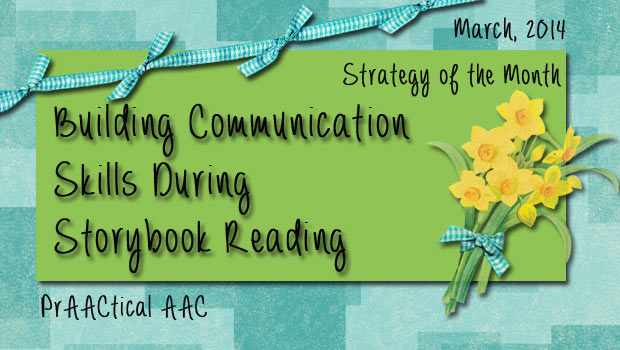
5 Comments
Stephanie is a shining star! What a motivating, encouraging example of specialized therapy that presumes competence, builds on strengths and provided the needed supports to address the complex communication needs of children who also have medical needs. Stephanie, I wish you well on your journey.
We agree, Deborah! We are always excited to see up-and-coming SLPs embrace AAC. Kudos to Stephanie and her mentor, Dr. Kent-Walsh!
Thank you for your comment, Deborah! I feel fortunate to have been placed in an environment where I work with medically fragile children. This experience has challenged me to support communication in children who are very involved medically. Since doing so, their progress toward their goals has amazed me! I have learned so much from this experience.
Stephanie, I work with medically fragile children and young adults in a separate day school setting. My students also face multiple and complex communication, motor and vision needs. They have taught me much, challenged me to learn more and have brought blessings to my life each day. I am a better person and SLP because of them. They have taught me to value silence, embrace any and every moment of engagement, and to always presume competence with respectful patience and determination. No one ever rises to a lowered expectation. I am so thankful my students, their families and my colleagues lead by example to set high expectations for me. Together, we are part of a magnificent journey. Welcome to the journey!
Deborah, it is wonderful to hear from an SLP who recognizes the need to hold medically fragile children to high expectations. They achieve so much when they are pushed to realize their potential!